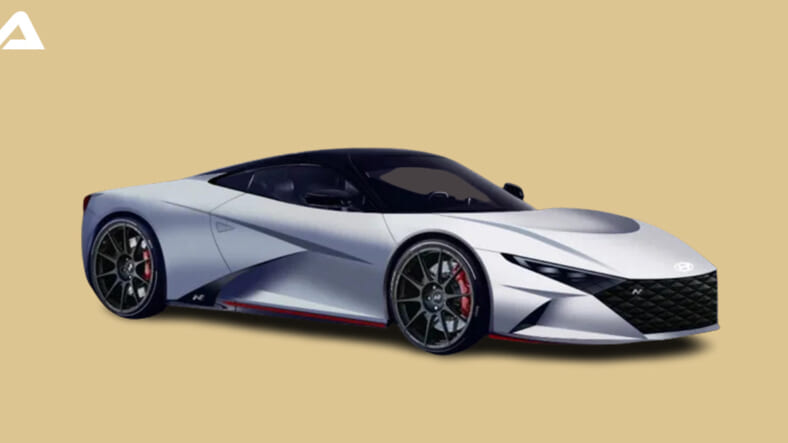A Mid-Engined Hybrid Car Was To Be Hyundai’s N-Brand Launching Vehicle
Albert Biermann, the former director of Hyundai’s N division, has claimed that the automaker is working on a mid-engined car […]

Albert Biermann, the former director of Hyundai’s N division, has claimed that the automaker is working on a mid-engined car to be its flagship model. Following the recent release of the Hyundai N Vision 74 and Top Gear’s opportunity to get behind the wheel, Biermann has revealed that the envisioned supercar might have been remarkable.
The team “was working on an N supercar,” Biermann said. He also said the vehicle would have been built on a carbon fiber frame and features a mid-engine configuration, making it a possible competitor to the Honda NSX.
For the powertrain, “we had designs for a petrol [engine] or a hybrid, or [it might have taken] a hydrogen fuel cell,” Biermann said.
To this day, Hyundai still calls it “The Chairman’s Car,” even though it has no official name. Biermann claims that the Hyundai board opted against implementing the plan despite its apparent potential for success.
“The issue was the car’s price, which was well over $150,000—way above what people at the time expected to pay for a Hyundai.” Not good news, but Biermann thinks Hyundai did the right thing by starting the N performance brand with far more affordable and accessible vehicles like the i20 N, i30 N, or Kona N.
Interestingly, this is not Biermann’s first time advocating for a brand-new supercar. While working at BMW, Biermann assisted in developing a mid-engined supercar that was ultimately rejected by the company’s board due to the company’s decision to focus only on the hybrid i8.
Even more tantalizing is Biermann’s description of the spec. The mid-engined Hyundai supercar, he says, would have been built on a carbon fiber tube chassis. In addition, we considered a gasoline engine with or without a hybrid setup and even a fuel cell using hydrogen. Biermann mentioned that Hyundai was still considering developing a one-off sports vehicle in 2018.
The 65-year-old talks about his failed effort to create a mid-engined supercar when working for BMW M with an air of what-might-have-been. The automobile was conceptualized and could have been built. Still, BMW’s board of directors ultimately concluded that the company could only support one mid-engined range-topper, the plug-in hybrid i8, and scrapped plans to produce an M-powered rocketship.
The board of directors of Hyundai ultimately decided that “The Chairman’s Car” would continue in the concept stage. “The issue was the car’s price, which was well over $150,000—way above what people at the time expected to pay for a Hyundai.” Biermann agrees that this was likely the best course of action since the i30N and, more recently, the i20N and Kona N have introduced Hyundai to a new generation of fans of petrolhead buyers thanks to their reasonable prices.
In light of the above, we can’t help but speculate on what a Hyundai-built competitor to the Audi R8, McLaren Artura, and Porsche 911 Turbo may have been like. The decade has been dominated by outstanding Korean automobile design.
